Gwangju Biennale Exhibition Hall (광주비엔날레전시관)
0m 0 2023-11-28
111 Biennale-ro, Buk-gu, Gwangju
+82-62-608-4114
Since its establishment in 1994, the Gwangju Biennale Exhibition Hall has significantly contributed to Korea's art culture and the world through numerous exhibitions. It strives to give joy and motivation to many people and serves as a channel for Korean artists' forays into the world. Notably, the Biennale exhibition is not a one-time event, and various attempts are being made to make it a sustainable platform as it increases the regional value of Gwangju, the home of the Biennale.
In the era of COVID-19, online services are also provided to citizens who have difficulty visiting the site in person to experience the exhibition.
Gwangju History & Folk Museum (광주 역사민속박물관)
235.7694047468602m 41129 2020-07-08
48-25, Seoha-ro, Buk-gu, Gwangju
+82-62-613-5337
Gwangju History & Folk Museum opened in 1987 as the largest museum operated by a city government in Korea. It was established for the purpose of preserving valuable Korean folk relics and putting them on exhibit to increase the public's cultural awareness. The museum displays the rich and colorful lifestyles and folk culture of Korea's southwestern regions including Gwangju and Jeollanam-do.
First floor of the museum displays food, clothing, housing, livelihood, and handicrafts while the second floor showcases folk games, traditional customs and folk religions. The museum also utilizes miniature and diorama displays to recreate scenes from the past. A total of eight videotech systems in the museum allow visitors to enjoy vivid demonstrations of the region's nine intangible cultural relics.
Gwangju Museum of Art (광주시립미술관)
398.1629662723681m 15593 2022-09-02
52, Haseo-ro, Buk-gu, Gwangju
+82-62-613-7100
The Gwangju Museum of Art was founded on August 1, 1992, to promote local artists. In 1996, it served as the venue for the Gwangju Biennale. The museum holds over 560 works, including those from Heo Baekryeon, Oh Jiho, Yang Su-ah, and Im Jik-sun, all local artists. In addition to the permanent exhibitions, the museum also has special planned exhibitions and other cultural programs.
Olive Young - Gwangju Yongbong Branch [Tax Refund Shop] (올리브영 광주용봉지구)
426.834722417802m 0 2024-04-18
39, Yongbongtaekji-ro, Buk-gu, Gwangju
-
Jungoe Park (중외공원)
544.5776930336507m 13802 2021-10-25
52, Haseo-ro, Buk-gu, Gwangju
+82-62-613-7100
Jungoe Park is one of the nation's most famous leisure spaces. There is a children's grand park, the Olympic Garden, and the Olympic Monument. The children's grand park is especially popular on weekends and holidays.
There is also a folk museum, an education center, and the Biennale Exhibition Hall in the Biennale & Museum section of the park.
The park is most popular during fall for its beautiful foliage. In addition, the Rainbow Bridge is a symbol of the Biennale and was installed during the 1st Gwangju Biennale.
Traditional Tea House Punggyeong (전통찻집 풍경)
862.510582895457m 0 2023-12-22
96 Unyong-ro, Buk-gu, Gwangju
Traditional Tea House Punggyeong in Gwangju specializes in serving rich and savory traditional Korean tea. The interior is decorated in white and wood tones, creating a cozy atmosphere. From the entrance to every corner of the room, there are plants that have been cared for by the store owner, allowing visitors to feel more at ease as they enter the tea house. The drinks are served in a neat tea cup, and their most recommended tea is the house-brewed ssanghwacha (medicinal herb tea). Furthermore, it sells a variety of traditional teas that are great to savor leisurely while resting such as daechu cha (jujube tea), a unique tea with a sweet aftertaste and is known to help treat insomnia; and saenggang cha (ginger tea) with an addition of honey or malt syrup, among others.
Gwangju Arts Center (광주예술의전당)
944.5556458421639m 16576 2024-02-14
60 Bungmun-daero, Buk-gu, Gwangju
+82-62-613-8333
Opened in 1991, the Gwangju Arts Center is the cornerstone of culture and arts in Gwangju. It offers high-quality performances and exhibitions across various genres, including Korean traditional music, opera, classical music, and ballet. The center boasts a range of artistic facilities, such as a main theater, a secondary theater, a traditional music hall, a sculpture garden, and an amphitheater. The main theater has a seating capacity for up to 1,500 people.
Gwangju National Museum (국립광주박물관)
957.6331462878537m 24282 2023-11-28
110 Haseo-ro, Buk-gu, Gwangju
+82-62-570-7000
Gwangju National Museum, opened on December 6, 1978, was established to promote the development of cultural arts and to foster patriotism. Gwangju National Museum’s goal is to conserve cultural values through the collection and preservation of historical and valuable artifacts found in the Gwangju and Jeollanam-do regions as well as make contributions to the community through continuous research, exhibition, and education. With over 130,000 artifacts as well as various educational and experience programs, the museum aims to provide an enjoyable cultural center for visitors.
Olive Young - Gwangju Maegok Branch [Tax Refund Shop] (올리브영 광주매곡)
964.0818325836179m 0 2024-04-18
319, Seoljuk-ro, Buk-gu, Gwangju
-
Namdo Folk Food Exhibition Room & Honam Cultural Material Pavilion (남도향토음식박물관·호남문화자료전시관)
2.3 Km 15136 2021-11-27
477, Seoljuk-ro, Buk-gu, Gwangju
+82-62-410-6642
Located in Gwangju, the Namdo Folk Food Exhibition Room was established to preserve and promote the local foods of the Namdo region. The museum has a museum shop, both permanent exhibitions and special planned exhibitions, and a studio where visitors can watch a variety of video content related to the local foods. In the Honam Cultural Material Pavilion, literature, clothing, and artwork from the region are on display.
The museum building was designed to resemble both the long, rectangular presses used to make patterned rice cakes and the Ipseokdae Rock of Mudeungsan Mountain, a symbol of Gwangju. Even the colors of the building’s walls hold special significance. The obangsaek (five colors; blue, white, red, black, and yellow) symbolize the cardinal directions, the seasons, the major organs in the body, different tastes, feelings, and philosophy.
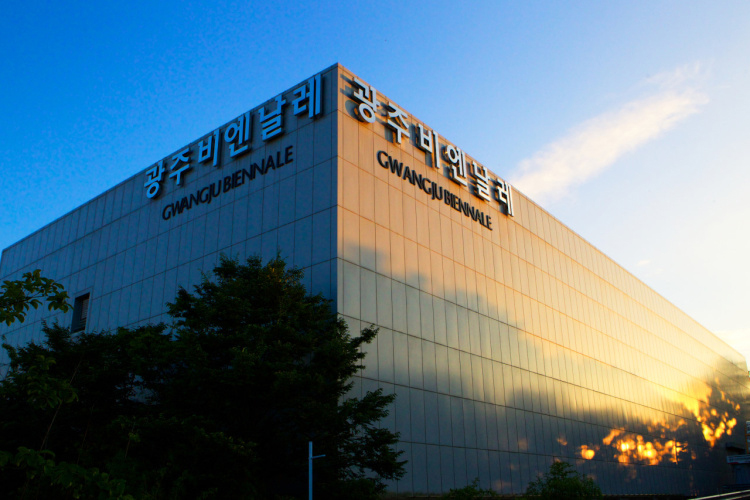
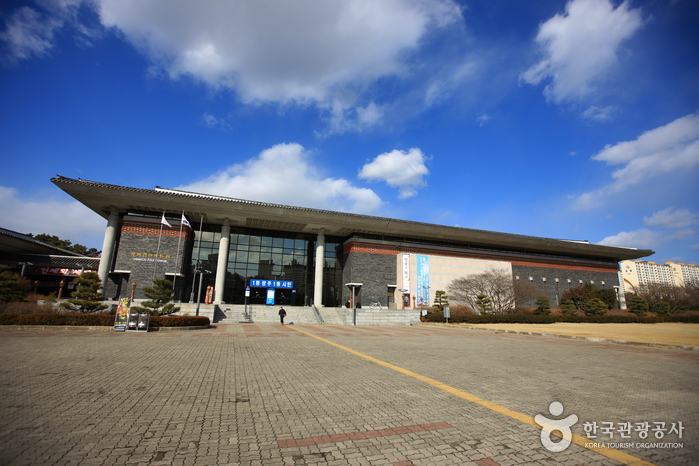
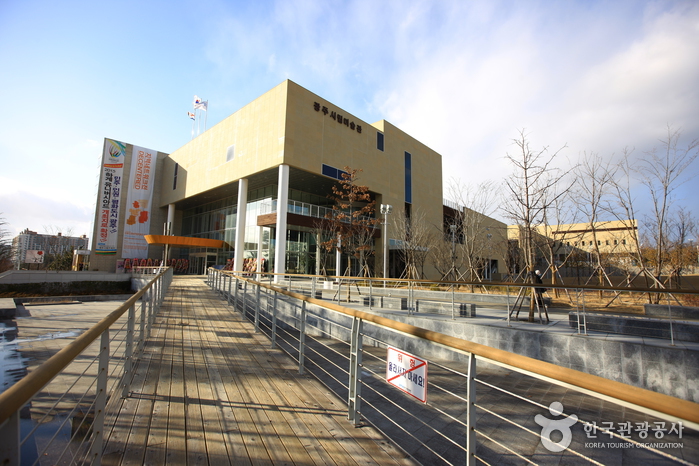
![Olive Young - Gwangju Yongbong Branch [Tax Refund Shop] (올리브영 광주용봉지구)](http://tong.visitkorea.or.kr/cms/resource/27/2886827_image2_1.jpg)
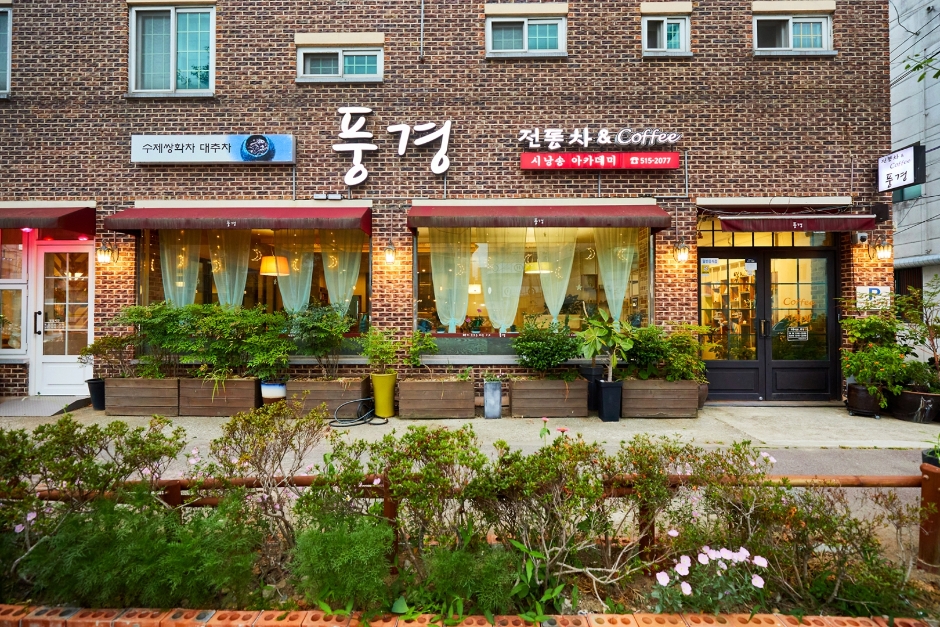

![Olive Young - Gwangju Maegok Branch [Tax Refund Shop] (올리브영 광주매곡)](http://tong.visitkorea.or.kr/cms/resource/19/2886819_image2_1.jpg)
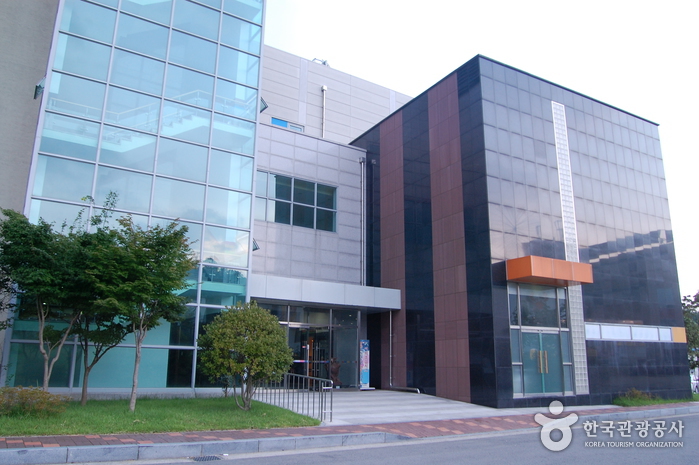
 English
English
 한국어
한국어 日本語
日本語 中文(简体)
中文(简体) Deutsch
Deutsch Français
Français Español
Español Русский
Русский